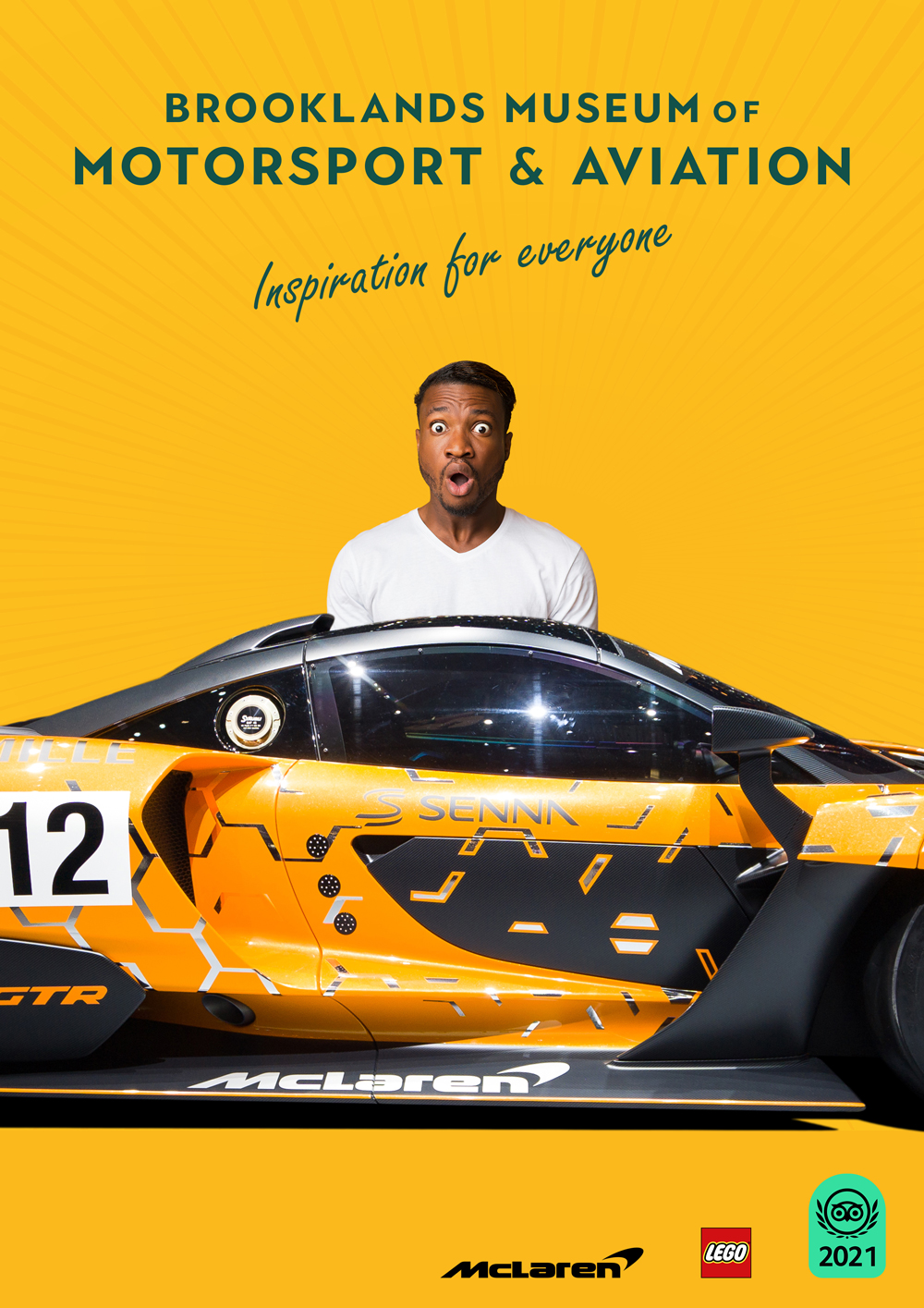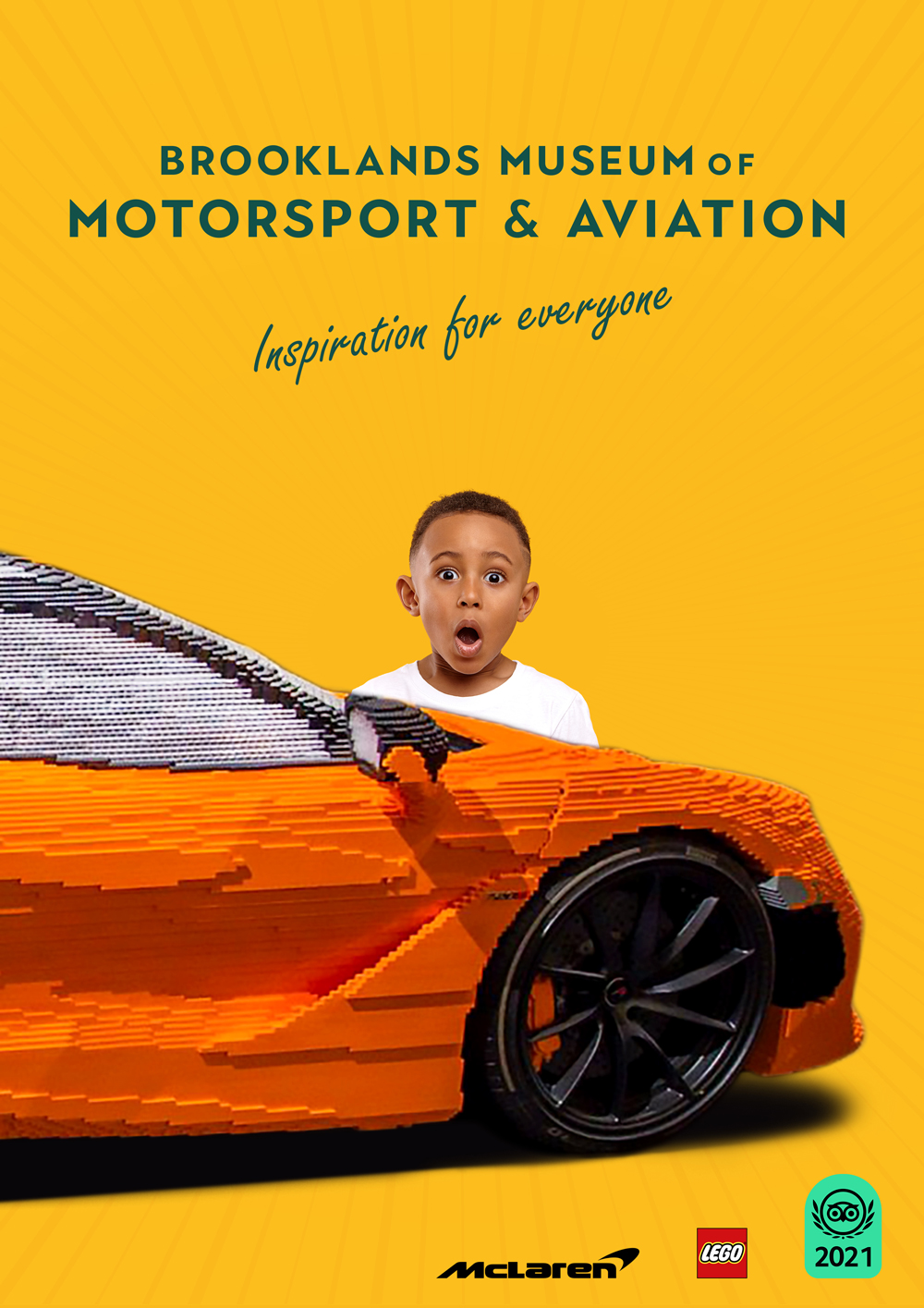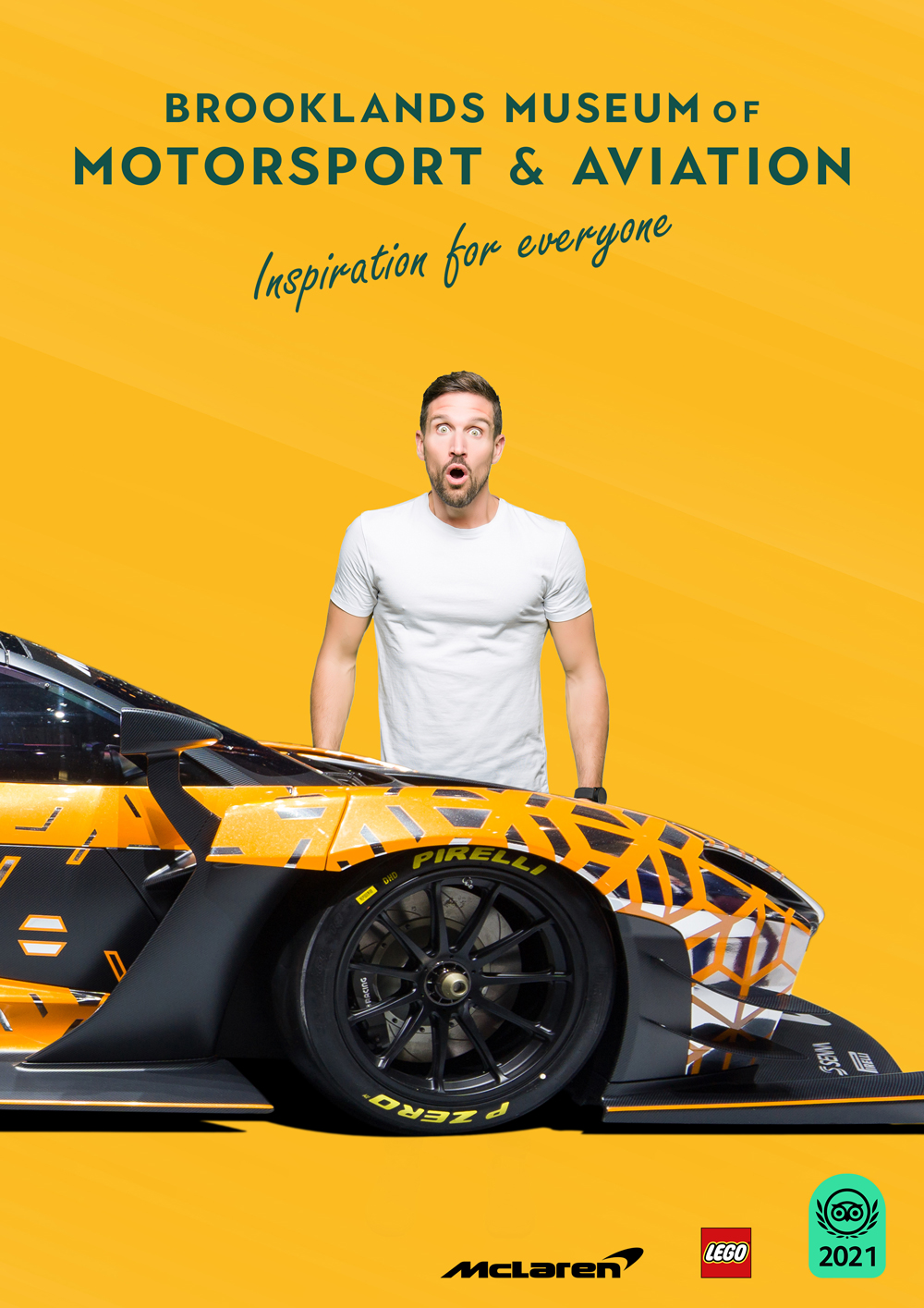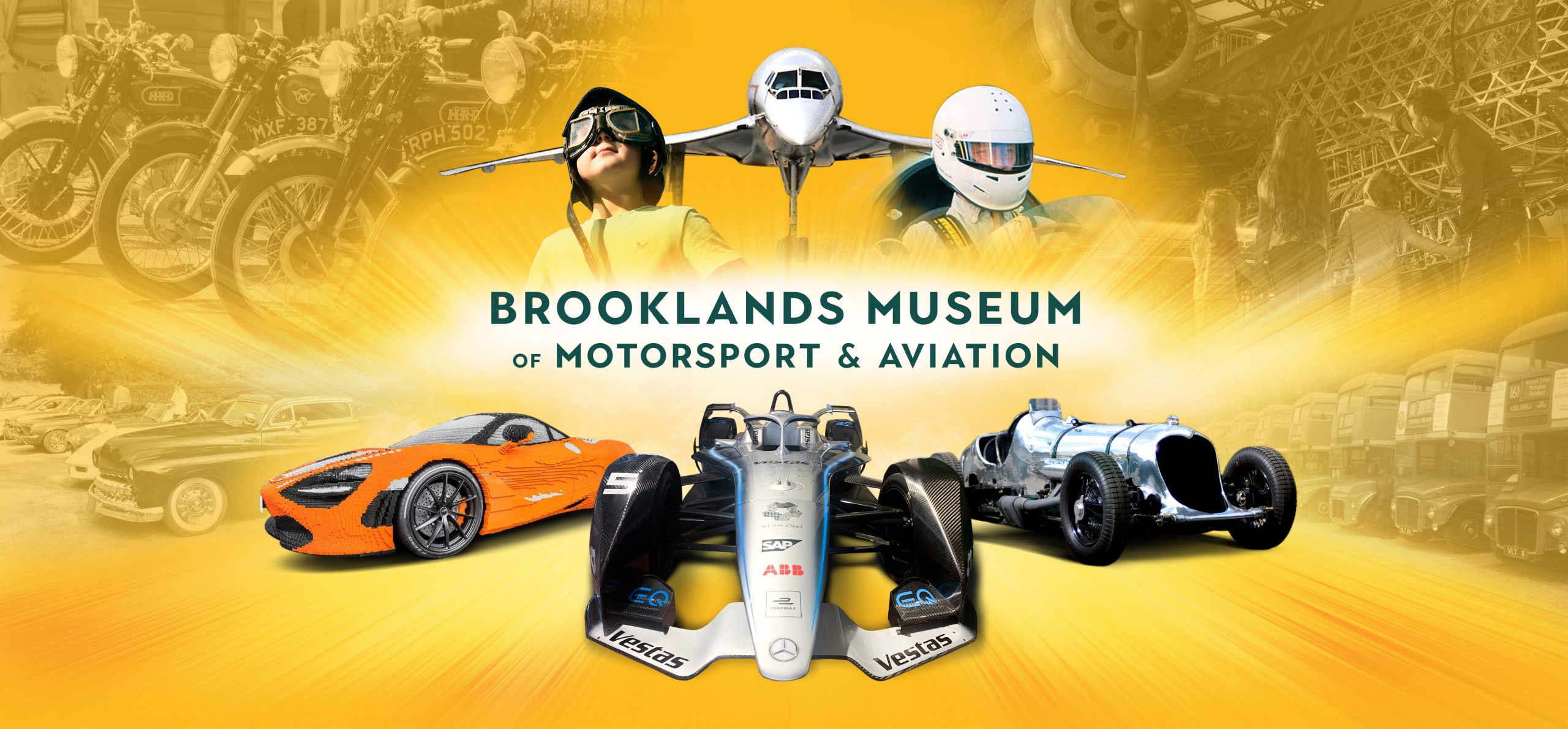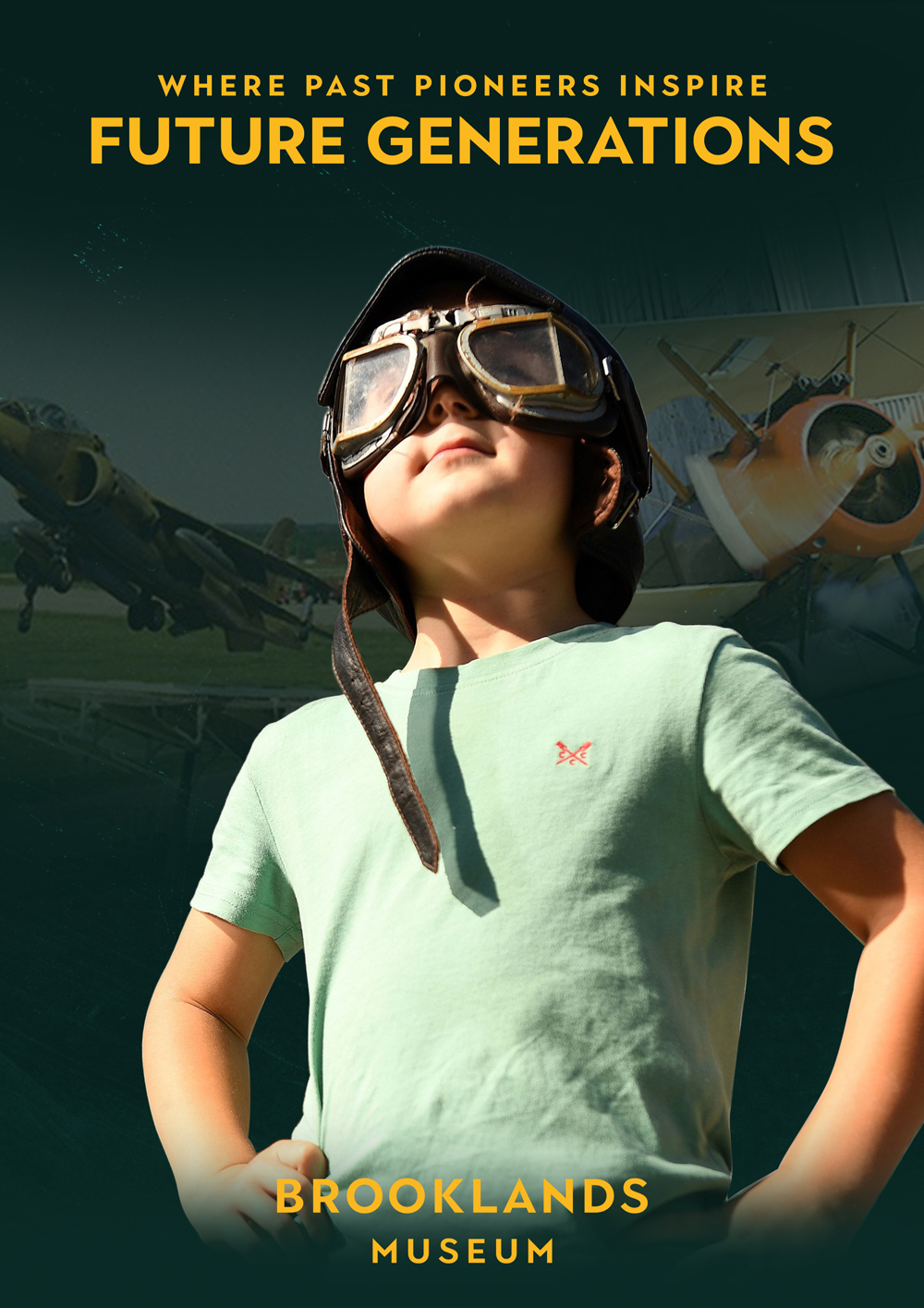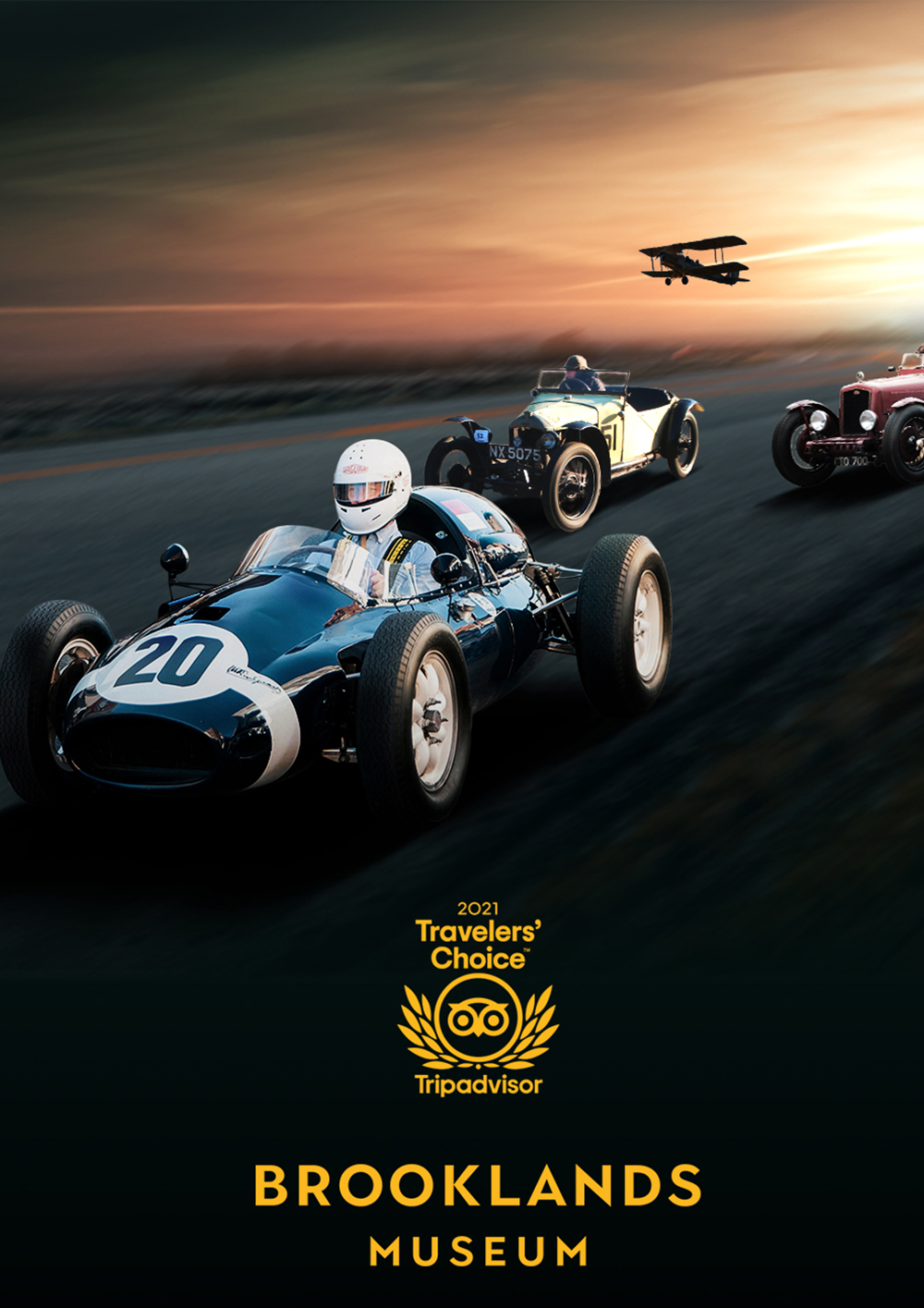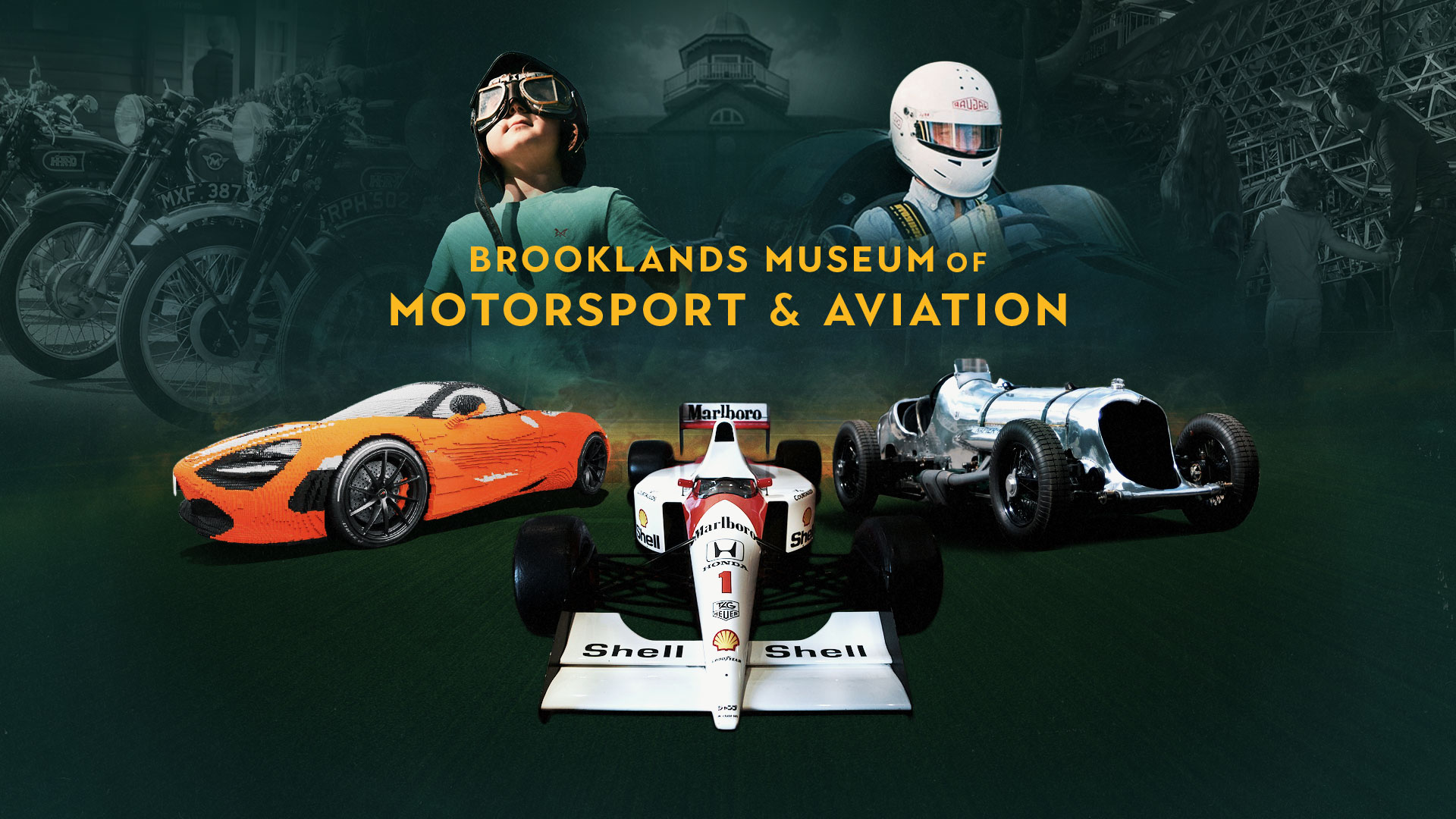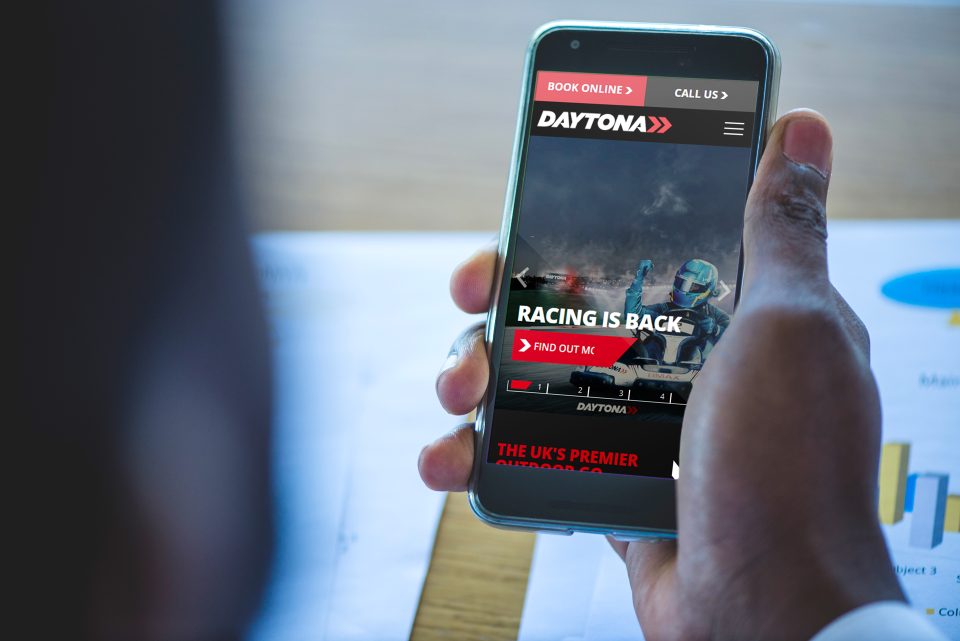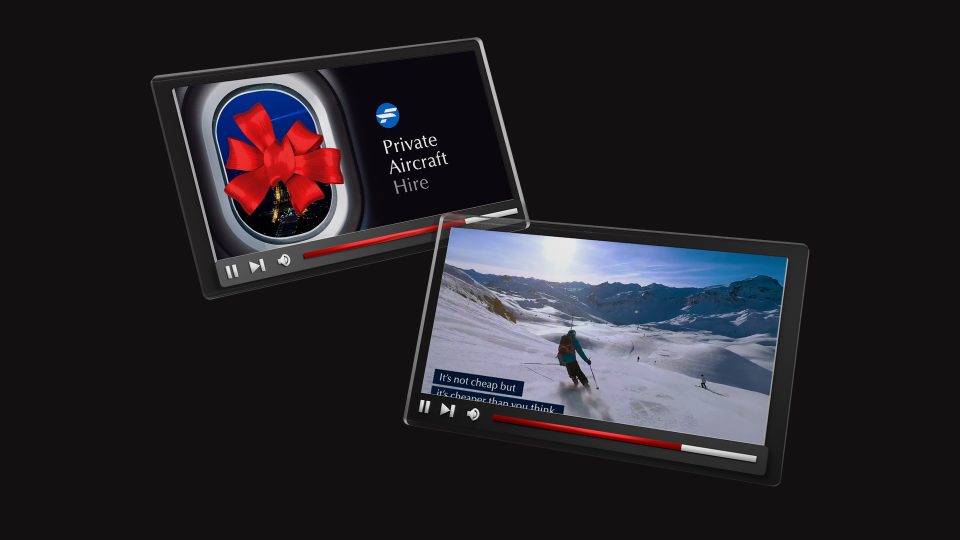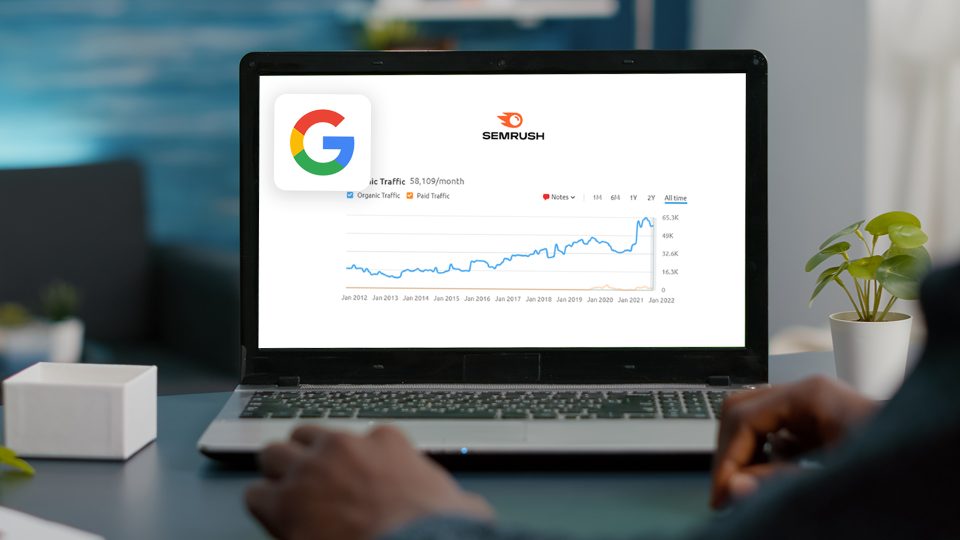![]()
What we did
- Digital Marketing Audit
- Social Media Audit
- Content Marketing Audit
- SEO Audit
- Advertising Audit
- Brand Strategy
- Google Analytics Audit
- Graphic Design
The Challenge
We were asked by Brooklands Museum (a local motorsport and aviation museum in Surrey) to review their existing digital marketing and provide recommendations on how they might improve performance.
The audit included analysing their existing search rankings, social media engagement, content marketing performance and advertising.
We provided a complete digital strategy with actionable suggestions, so they could better engage relevant audiences within proximity of the museum. We also provided creative examples on how they could evolve their brand look and feel to engage new audiences on-and-off-line.
We completed a digital marketing audit for Brooklands Museum
We analysed their existing Digital Performance and Data
We were given access to Brooklands’ Google Analytics as well as using our own digital marketing analytics tools to review both SEO fundamentals (Keywords, SERP results, landing pages, backlinks, referral domains) and core website statistics (website traffic, channel acquisition volume/split, website behaviour) – comparing results year-on-year to understand the performance of the museum’s own digital marketing efforts over the past 5 years.
The research included:
- Detailed analysis of their website traffic using Google Analytics
- Keyword Research using a combination of SEMRush, Google Search Console, Google Keyword Planner
- Website audit using Screaming Frog
- Social Audit – looking specifically at engagement and the existing content
- A local survey to gather specific data and understanding on existing perceptions of the museum
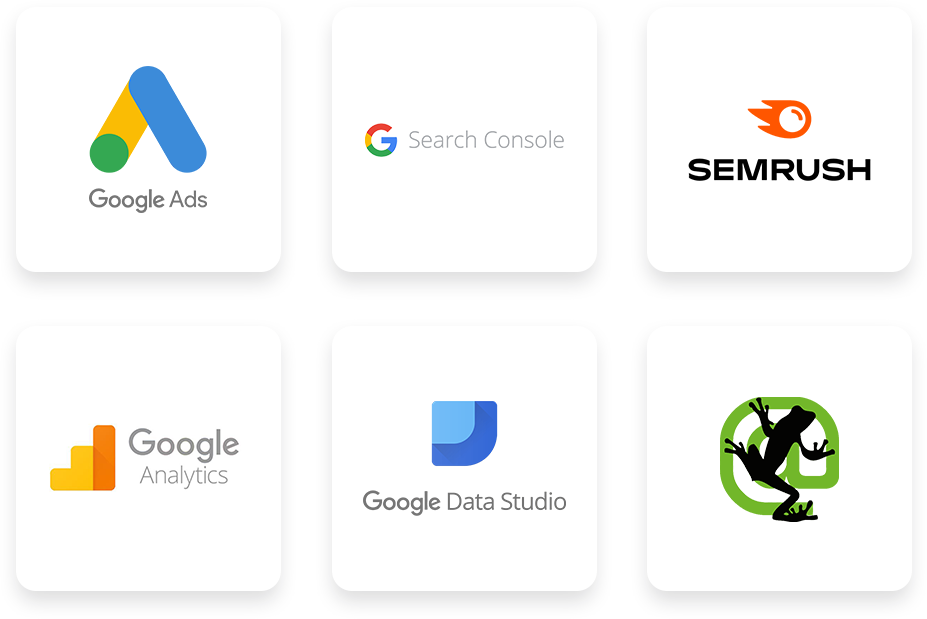
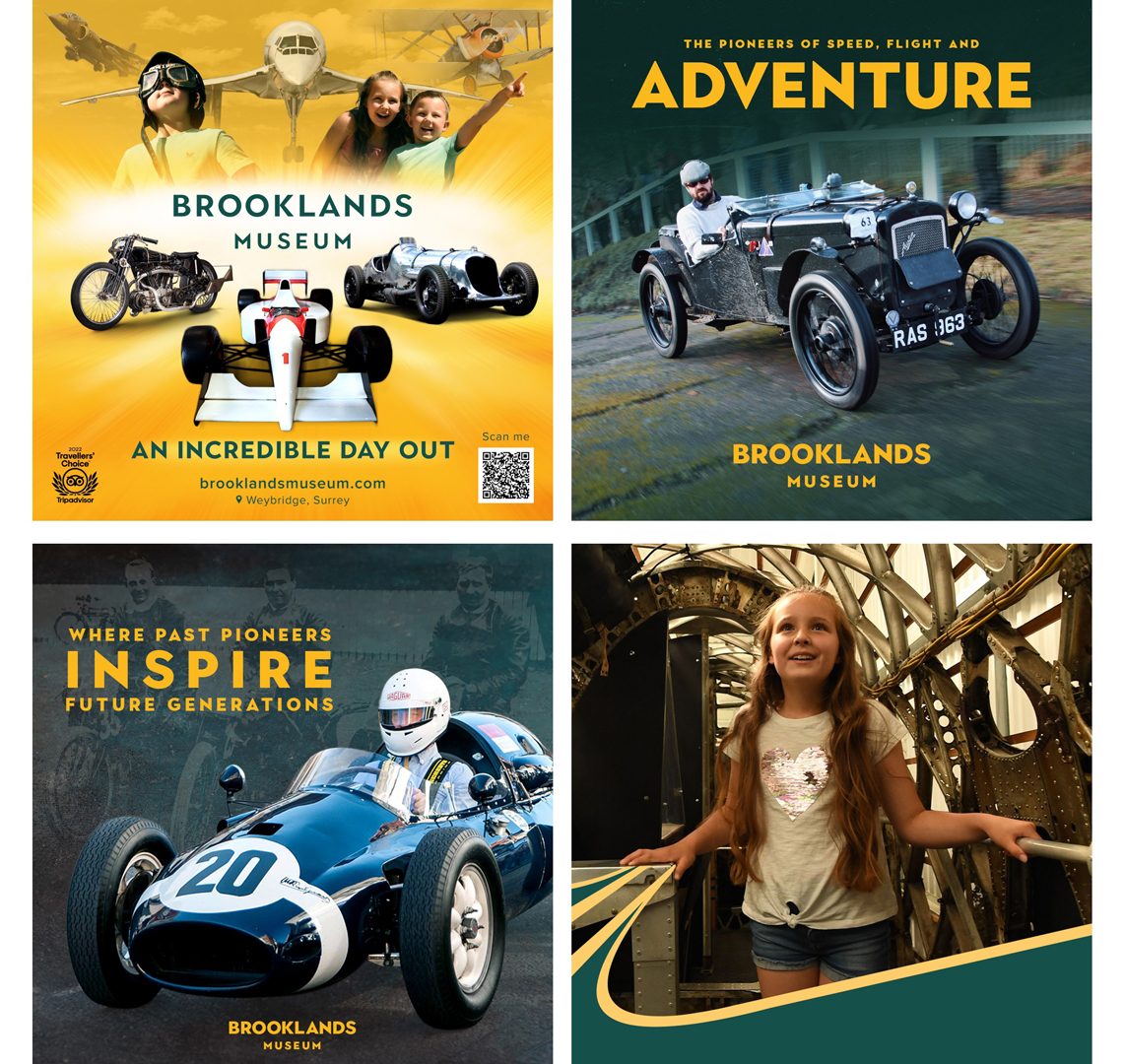
We did a complete social media review and presented example content
We looked in detail in to their content marketing efforts across social media – Facebook, Instagram, YouTube and Twitter (currently they don’t use Tik Tok). We reviewed frequency of posts, content themes, most popular posts, least popular posts, average engagement, increases in followers, video content versus static photography, look and feel of their timelines, breakdown of audience/followers (demographics) and compared the results to both the website traffic and our initial thoughts of the content themes we thought they should be creating to engage the different audiences that should be enjoying the museum.
We brainstormed other content ideas and themes that the museum could create on an ongoing basis, as well as suggesting social media growth strategies to grow their following.
We provided a complete Search Engine Optimisation strategy
We started by gathering insights from the thorough investigation in to their analytics, which we cross-referenced against other museums – both motorsport-related and generic. We examined the split between branded keyword search traffic and generic-discovery based searches. We found that 83% of the museum’s total organic search traffic on Google was from brand-specific search terms which meant that their online traffic was predominantly from users who had already heard about the museum in some form before searching on Google.
Less than 0.5% of their total search traffic was from generic-discovery based searches in the local area. However, the total website traffic generated within 1.5 hours of the museum was incredible and the local website traffic within Weybridge and Surrey was also much higher than expected.
The results showed that there wasn’t necessarily a problem with awareness in Surrey but there was a big opportunity to generate even more awareness from audiences outside of those who were already advocates of the museum.
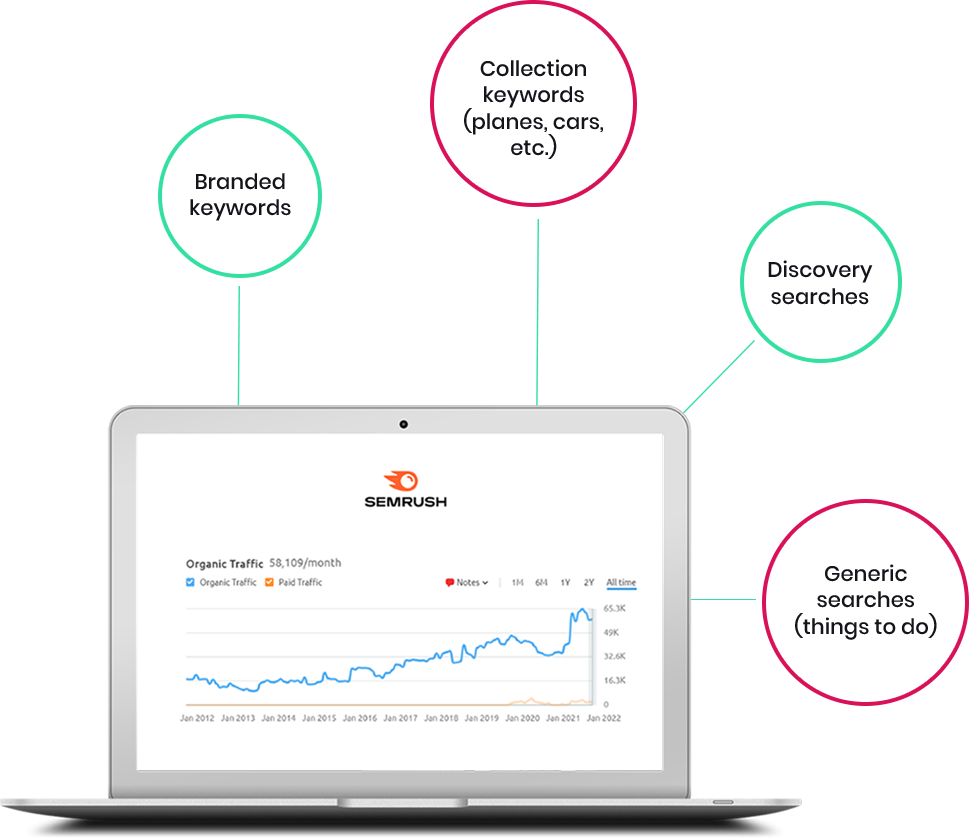
We presented a complete digital marketing and advertising strategy. Maybe we could do the same for your business?
We provided advertising and content marketing suggestions
We made recommendations with regard to the museum’s advertising and gave examples to bring the strategy to life.
- Leverage the power of the brands that they have in the collection at the museum
- Evolve the look and feel and attract more families
- Leverage the popularity of F1 in their advertising more
- Consider the data when selecting the collection items to use at the front of their advertising
- Introduce secondary logos that help explain the museum’s offering
